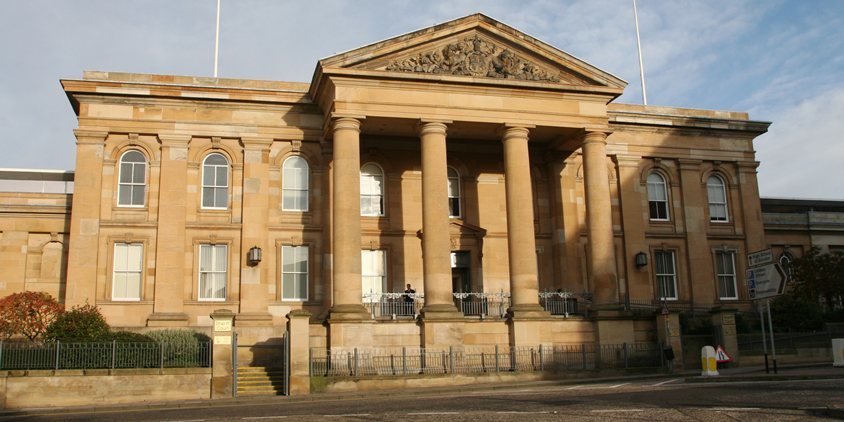The Crown Office in Scotland has taken “precautionary measures” to reduce the immediate Dundee Sheriff Court caseload affected by major changes to the Scottish justice system.
The UK Supreme Court ruling in the human rights case involving Glasgow man Peter Cadder means that suspects must now have access to legal advice before being interviewed by police.
It overturned his conviction as he had confessed to an offence during a police interview before speaking to a solicitor.
Under Scots law, police were able to hold suspects for six hours without them having access to a lawyer and evidence given during those interviews could be used in court.
Following the ruling, however, the Scottish Government has been forced to push through changes to the legislation, which mean suspects will have access to legal advice before interview. They can now be held for up to 12 hours without charge, or even 24 hours on cause shown.
The effect of Tuesday’s Supreme Court ruling had been felt immediately in Dundee, with a case being dropped by the Crown that day.
A sheriff court source told The Courier that, rather than see a flurry of similar outcomes, a number of cases due for trial had since either been adjourned at the request of the Crown, or had simply been “not called,” which in some cases means it is unlikely the prosecution would rear its head again.
The source said, “The Crown would rather not see loads of cases being formally found not guilty because of this, so they will be asking for adjournments to a later date or simply not calling them. The majority of those ones will then just disappear.”
A spokeswoman for the Crown Office said, “The impact of the judgment will very much depend on the facts and circumstances of each individual case, as admissions made during police detention may not be central to the Crown’s case and other sources of evidence may be sufficient.
“Our current estimate is that there are 3471 cases nationally in which the issue has been raised and 120 solemn cases which may be affected. These cases are in the process of being reviewed in the light of the Cadder judgment, to see whether there are other sources of evidence that can be relied upon for sufficiency.
“As proceedings remain active in all adjourned cases, it would be inappropriate to comment on the specific cases affected.”Ill graceMeanwhile, a Dundee lawyer says the Scottish Government had “thrown the toys out the pram” by extending the period in custody to 12 hours.
Solicitor advocate Jim Laverty, who is also acting president of the Dundee Bar Association, pointed out that, once a prisoner has been processed at the charge bar, the solicitor can be contacted by telephone and give advice so that within minutes the accused person can then be interviewed.
“They should have kept the six hours for a time to let the dust settle and then taken soundings from the police, the Crown Office and the solicitors and try to maintain the six hours,” he said.
“Why didn’t they just allow that protocol to continue for a couple of months which would have meant that it complied with the Caddar ruling? Since June or July, most often solicitors give advice over the phone to clients who have been arrested, so it’s not really a major issue.”
He added that only in very serious cases would a solicitor actually go to see the accused person so the process shouldn’t be delayed.
“During that time I would think I have been called out around 10 times for serious offences and around 40 to 50 times I’ve given advice over the telephone.”
